The 3 most venomous snakes encountered on hikes
Australia boasts incredible biodiversity, and snakes play a crucial role in maintaining this delicate balance. Serving as both predators, controlling populations of rodents and insects, and prey themselves, snakes are an essential food source for birds, lizards, and other animals. Protecting these fascinating creatures goes beyond ensuring safety; it’s about preserving a healthy ecosystem. In this guide, I’ll delve into the world of Australia’s most venomous snakes, exploring their characteristics, habitats, and safety measures for hikers.
Within this diverse landscape, Australia is home to some of the world’s most venomous snakes, heightening the possibility of encounters during hikes. With nearly 200 snake species, 25 are classified as potentially deadly, taking into account factors such as venom potency, snake behavior, and the likelihood of interactions with humans. Understanding these criteria provides valuable context to appreciate the rich diversity of venomous snakes in the region. While snake encounters are relatively rare during hikes, being aware of the potential presence of these fascinating creatures is essential. Understanding their habits and taking precautions ensure a safe and enjoyable hiking experience.
Here’s your guide to the top 3 venomous snakes you might encounter on your hikes, and how to stay safe:
1. Eastern Brown Snake (Pseudonaja textilis)
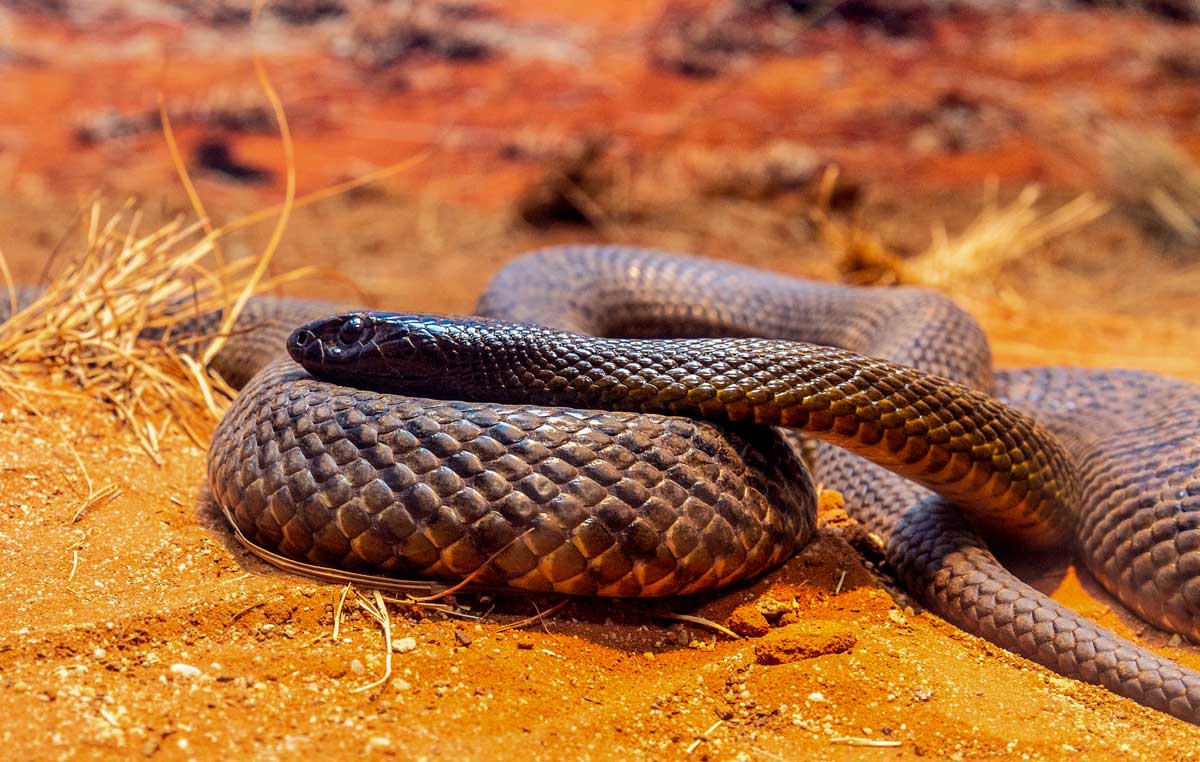
Also known as the Common Brown Snake, this snake is highly venomous and is responsible for the majority of snakebite-related deaths in Australia. Eastern Brown Snakes are widespread and can be found in a variety of habitats, including bushland, grasslands, and farmland.
Identification: This medium-sized snake has a slender to moderate build and a smallish head that blends seamlessly with the neck. Its body color varies greatly, ranging from near black to light tan, chestnut, or even burnt orange. The ventral surface is typically cream, yellow, or orange, blotched with pinkish-orange, brown, or grey. Look for smooth, slightly glossy scales and a prominent dark patch on the head and across the nape in hatchlings, which fades with maturity.
Habitat: Found across diverse habitats, excluding rainforests and alpine regions, the Eastern Brown Snake favors open landscapes like woodlands, scrublands, and savannah grasslands. In arid areas, they inhabit watercourses and seasonally flooded swampy regions. They readily adapt to human-modified environments, thriving in rural areas with agriculture and even appearing on the outskirts of major cities. When inactive, they shelter under logs, rocks, deep soil cracks, and animal burrows, readily utilising man-made structures like sheets of metal or building materials.
Distribution: Widespread throughout eastern Australia, from northern Queensland to South Australia, with isolated populations in central and western Northern Territory.
Danger: Due to its adaptability and presence in populated areas, the Eastern Brown Snake is likely the most encountered venomous snake in Australia. While generally alert and nervous, they can become defensive if surprised or cornered, putting on a fierce display and striking with little hesitation. However, if approached calmly from a distance, they usually choose to flee or remain stationary, hoping to avoid detection. Their bites are highly venomous, containing potent neurotoxins, procoagulants, cardiotoxins, and nephrotoxins. Envenomation can lead to progressive paralysis, uncontrollable bleeding, and even fatalities due to bleeding into the brain. The initial bite is often painless and difficult to detect, making seeking immediate medical attention crucial.
2. Red-bellied Black Snake (Pseudechis porphyriacus)
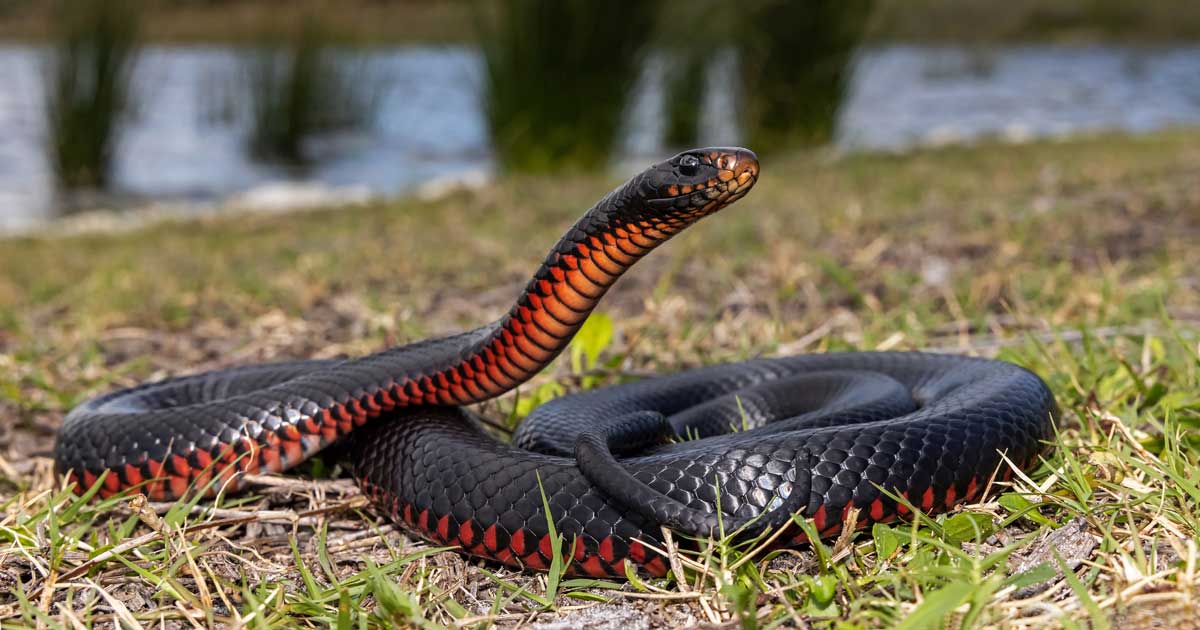
While venomous, the Red-bellied Black Snake is generally less aggressive than the Eastern Brown Snake. It is commonly found in eastern Australia, including coastal areas and nearby hinterlands. Despite its name, the belly is not always red but can range from pink to red or even black. This beautiful serpent shares our love of sunshine and water, and is a familiar sight to many outdoor adventurers in eastern Australia. Attitudes towards these largely inoffensive snakes are slowly changing, however they are still often seen as a dangerous menace and unjustly persecuted.
Identification: This medium-sized snake has a moderate to robust build with a head barely distinct from the neck. Its dorsal coloration is uniformly black, except for the snout, which can be pale brown. The namesake red belly can range from pink to red or even black, and fades to duller red, orange, or pink towards the middle. The underside of the tail is black, and the scales are smooth and glossy. Look for medium-sized eyes with a prominent brow ridge and a very dark iris.
Habitat: Primarily associated with moist environments like streams, swamps, and lagoons, the Red-bellied Black Snake can also be found in forests, woodlands, and grasslands. They adapt well to disturbed areas and rural properties, often seen around drainage canals and farm dams. They shelter in thick grass, logs, mammal burrows, and under large rocks, maintaining a network of preferred shelters within their home range.
Distribution: Found disjunctly in northern and central eastern Queensland, then more continuously from southeastern Queensland through eastern New South Wales and Victoria. Another disjunct population occurs at the southern end of the Mount Lofty Ranges in South Australia.
Danger: While frequently encountered, the Red-bellied Black Snake is generally less aggressive than the Eastern Brown Snake. They are typically shy and will only deliver a serious bite under extreme provocation. When approached, they often freeze, and people might unknowingly get too close. If threatened, they will try to flee, but if cornered, they might rear up with their head and forebody off the ground, spread their neck, and hiss loudly. In rare cases, they may even make mock strikes with a closed mouth. Persistent harassment can trigger a rapid but often clumsy bite, and they might even hang on and chew. Their venom primarily has anticoagulant and myotoxic effects, causing bleeding, swelling, nausea, vomiting, and muscle pain. While fatalities are rare, seeking medical attention after a bite is crucial, especially for children and pets due to their smaller size.
3. Tiger Snake (Notechis scutatus)
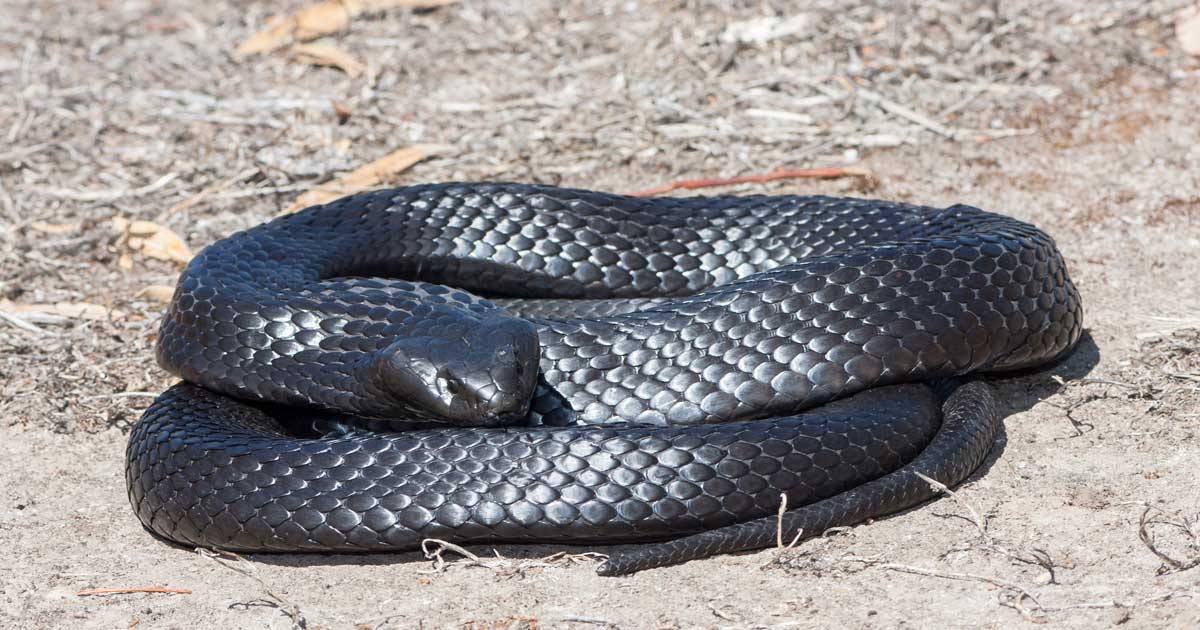
Most Australians know of tiger snakes and are aware of their fearsome reputation, though few people will ever encounter one. Unfortunately this species is much maligned because of its aggressive nature and toxic venom; however the tiger snake should be recognised as a great survivor, superbly adapted to some of the most inhospitable environments in Australia.
Identification: This large snake exhibits significant color variation, ranging from dark olive brown to blackish-brown with off-white to yellowish cross-bands that can vary in thickness. Some populations lack the bands entirely, and melanism (dark coloration) is common in populations exposed to harsh weather conditions. The head is moderately wide and deep, blending into the robust, muscular body. Look for a large squarish frontal shield and semi-glossy scales.
Habitat: Found in southern and eastern Australia, including coastal regions, Tiger Snakes inhabit diverse environments like wetlands, grasslands, and coastal areas. They are often associated with water bodies like creeks, dams, and swamps, and can also be found in degraded areas like grazing lands and have even been spotted climbing up to 10 meters on vegetation or human-made structures. Their altitudinal range extends from sea level to over 1000 meters in Tasmania.
Distribution: Tiger Snakes have a patchy distribution across two main areas: southeastern Australia (including islands of Bass Strait and Tasmania) and southwestern Australia. Populations exist on various offshore islands, including Carnac, Garden, Goat, Flinders, Babel, and King Island.
Danger: The large size, aggressive nature, and potent venom of the Tiger Snake make it highly dangerous to humans. Despite being generally shy and preferring escape over conflict, a cornered Tiger Snake will put on a threatening display, holding its body in a tense curve and pointing its head at the perceived threat. Loud hissing and body inflation accompany this display, and if further provoked, they will lash out and deliver forceful bites. Their venom is a potent neurotoxin and coagulant, and immediate medical attention is crucial for anyone suspected of being bitten.
In summary, be cautious of the Eastern Brown Snake’s adaptability and venom, the Red-bellied Black Snake’s typically shy nature, and the Tiger Snake’s large size and aggressive tendencies.
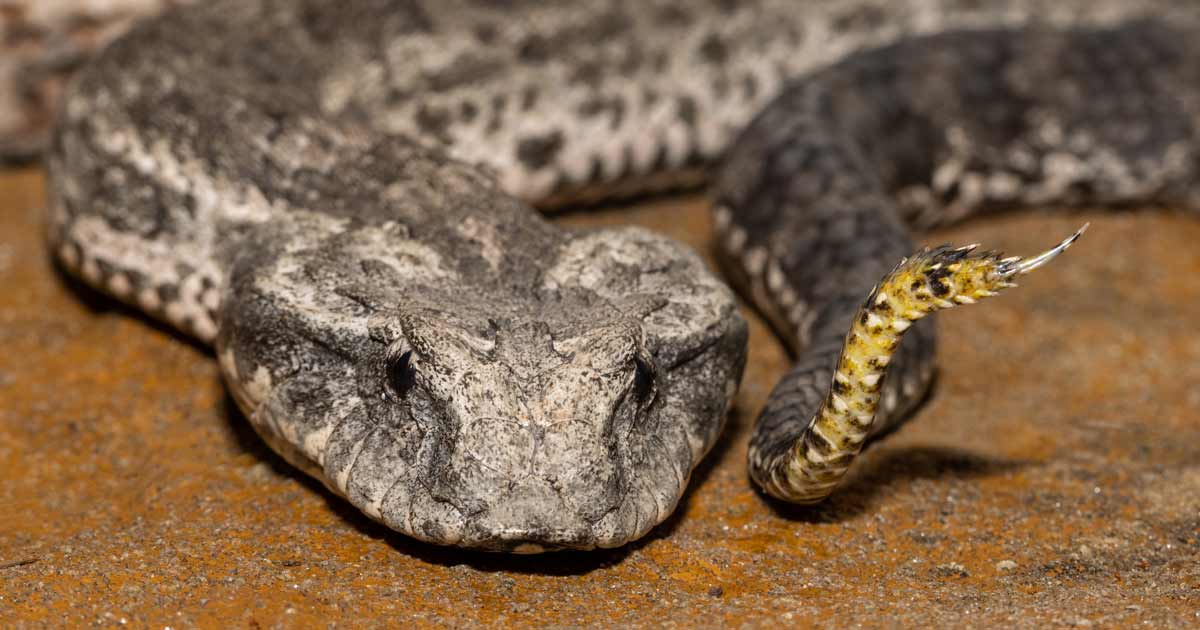
Top 5 most likely snakes you might encounter
- Eastern Brown Snake (Pseudonaja textilis): Found across eastern and central Australia, with a wide range of habitats, its aggressive nature and potent venom make it a significant concern.
- Tiger Snake (Notechis scutatus): Distributed in southern and eastern Australia, including coastal areas, it frequents wetlands, grasslands, and coastal areas. While venomous, it’s generally shy and prefers escape over confrontation.
- Red-bellied Black Snake (Pseudechis porphyriacus): Found in eastern Australia, primarily near moist areas like streams and swamps, but also in forests and rural areas. It’s typically shy and bites are rare, though its venom can cause symptoms.
- White-bellied Black Snake (Pseudechis australis): Found in eastern Australia, inhabiting forests, woodlands, and wetlands. Less aggressive than some, it can still bite, and its venom requires medical attention.
- Death Adder (Acanthophis antarcticus): Found throughout Australia except Tasmania, the Death Adder prefers sandy or leaf-littered habitats. Highly venomous and camouflaged, encounters are less frequent but its bite can be fatal.
The top five snakes mentioned, Eastern Brown Snake, Tiger Snake, Red-bellied Black Snake, White-bellied Black Snake, and Death Adder, are known to inhabit various parts of the country and can pose a risk to humans due to their venomous nature. These top five snakes have earned their spot due to their prevalence in various parts of the country and their potentially dangerous nature. Being informed about these species is crucial for hikers venturing into various parts of the country.
Additional Information
Australia’s diverse snake population includes some of the most venomous species globally, and among them are the taipans. These snakes, with their unique characteristics and behaviors, contribute to the intriguing tapestry of Australia’s wildlife. In this section, I’ll explore two notable members: the Inland Taipan and the Coastal Taipan. Understanding their distinctions is not only fascinating but also crucial for hikers seeking to appreciate the country’s wildlife safely. Here’s a brief overview of these remarkable serpents.
Taipans
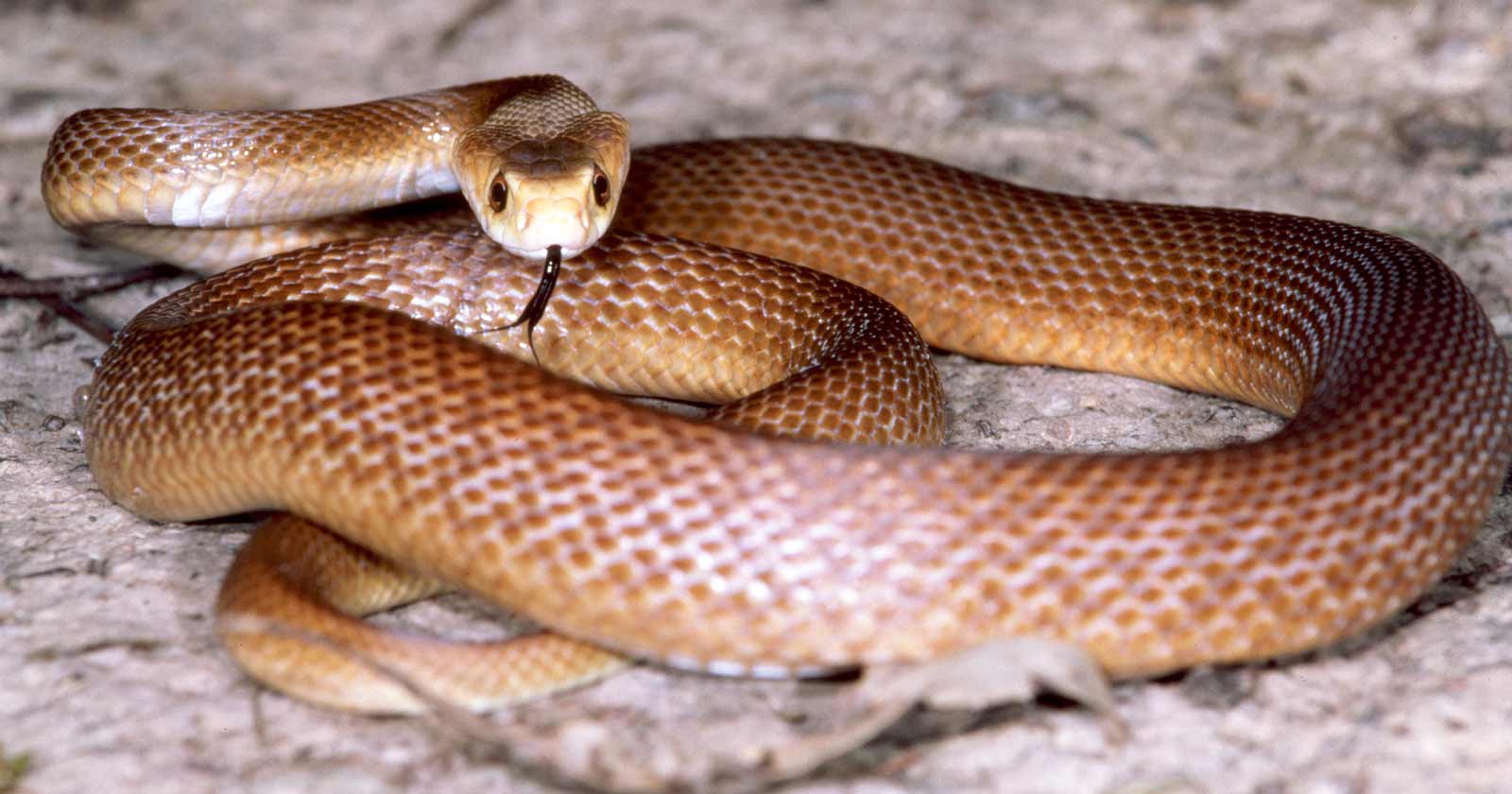
Inland Taipan (Oxyuranus microlepidotus): Often cited as the world’s most venomous snake, the Inland Taipan is a shy serpent found in remote, semi-arid regions. Despite its venomous nature, encounters with hikers are rare due to its secluded habitat.
Coastal Taipan (Oxyuranus scutellatus): In contrast to its placid inland counterpart, the Coastal Taipan is known for its fiery temperament. Residing in coastal habitats, hikers are less likely to encounter this snake during their journeys. Understanding the differences between these taipans enhances awareness and safety.
Staying Safe
It’s important for hikers and outdoor enthusiasts to be aware of the potential presence of these snakes and take precautions to minimize the risk of encounters. Avoiding tall grass, wearing appropriate footwear, and being cautious when reaching into or stepping over areas where snakes may hide are some practical measures. While encountering any of these snakes can be unnerving, remember that they typically avoid humans and only become aggressive when threatened. Here’s some key safety tips to keep in mind:
- Be aware and observant: Remain alert to your surroundings, especially in known snake habitats. Watch where you step and avoid tall grass or dense vegetation where snakes might be hiding.
- Stay on marked trails: Sticking to established paths minimises your chances of encountering snakes and allows for easier escape if needed.
- Wear appropriate clothing: Long pants, thick socks, sturdy boots, and gaiters provide increased protection from bites and scratches.
- Carry a first-aid kit: Include basic supplies like snake bandages, and pain relievers. Carry a snakebite kit in high-risk areas, but remember it’s not a substitute for immediate medical attention.
- Know what to do in case of a bite: Remain calm, immobilise the bitten limb, and call for emergency services (000) immediately. Avoid applying ice, tourniquets, or attempting to suck out the venom.
By following these precautions and respecting these fascinating creatures, you can significantly reduce the risk of snake encounters and ensure a safe and enjoyable hiking experience in Australia. Remember, knowledge is power! Familiarise yourself with local snake species and their behavior before venturing out, and if you do encounter a snake, prioritise your safety by giving it ample space and moving away calmly.
Conclusion
It’s essential to note that while snakes can be dangerous, they typically avoid humans and will only become aggressive if they feel threatened. If you encounter a snake while hiking, it’s best to stay still and allow the snake to move away. Most snakebites occur when people attempt to handle or disturb the snake. Always be aware of your surroundings, watch where you step, and take precautions, such as wearing appropriate footwear, when hiking in snake-prone areas.
As you embark on your hiking adventures in Australia, remember that our incredible biodiversity, including these venomous snakes, plays a vital role in maintaining the delicate balance of the ecosystem. By staying informed, following safety precautions, and respecting the natural habitats of these fascinating creatures, you not only ensure your safety but contribute to the preservation of Australia’s unique wildlife. Responsible hiking allows us to appreciate the beauty of our surroundings without disrupting the natural harmony that exists. So, tread lightly, stay aware, and revel in the marvels of Australia’s diverse landscapes while keeping both yourself and the wildlife safe.
Now that you’re equipped with essential knowledge on Australia’s venomous snakes and how to stay safe during hikes, let’s spread the word. Share these safety tips with your fellow outdoor enthusiasts to ensure everyone can enjoy the beauty of Australia’s hiking trails responsibly. Remember, knowledge and awareness are powerful tools for a harmonious coexistence with the wildlife.
Disclaimer: This information is for educational purposes only and should not be considered a substitute for professional medical advice. Always seek immediate medical attention if you suspect a snakebite. This information is accurate as of February 2024. Check the Australian Museum website for information updates.
Want to learn more? Check out these blog posts:
- 5 mistakes hikers make with Australian snakes
- Facts about snake bites and hiking
- Bushwalking during snake season
- Australian wildlife to avoid when hiking
Main image: Inland Taipan in strike position
Source: Australian Museum – Reptiles.

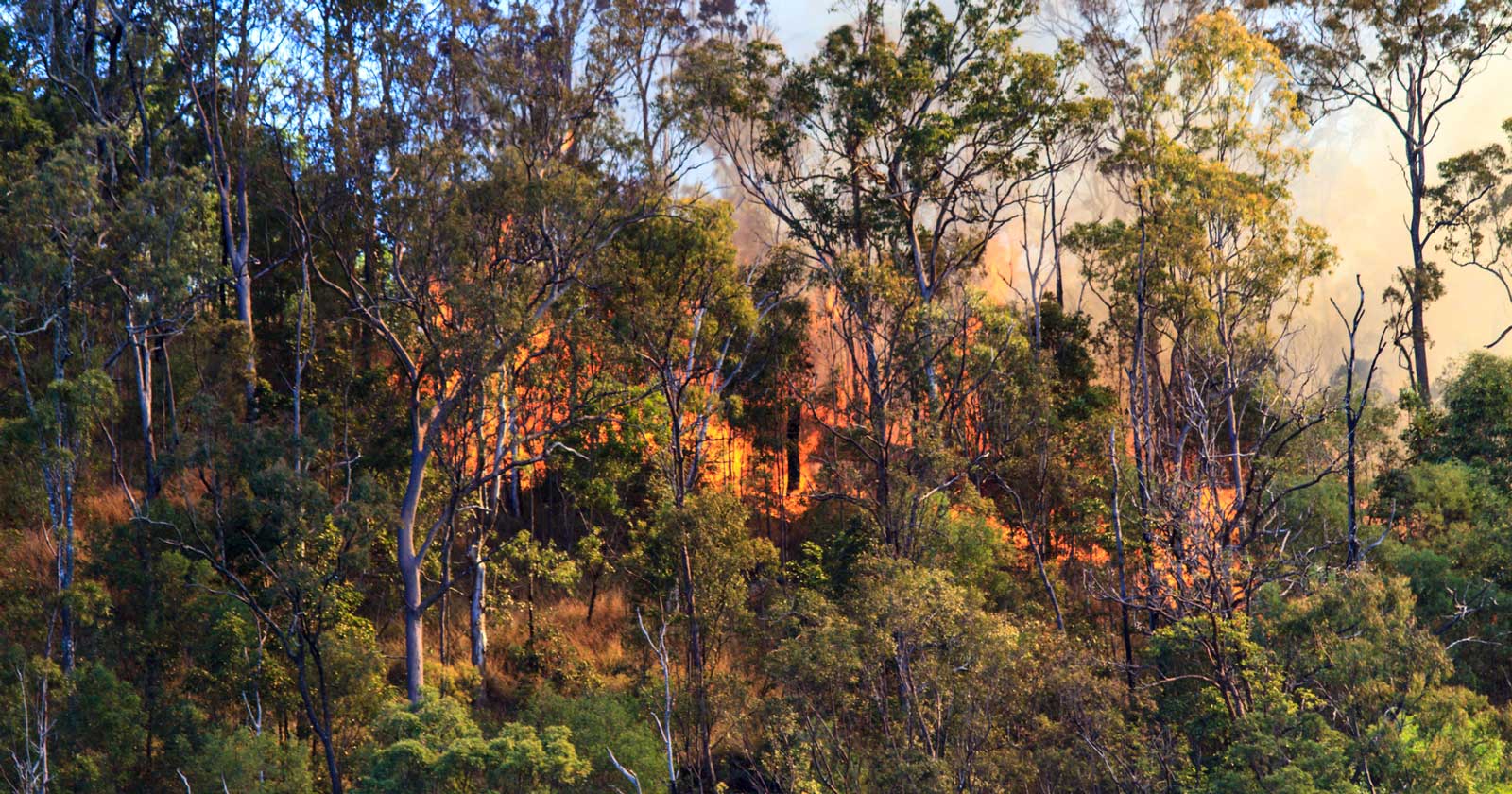
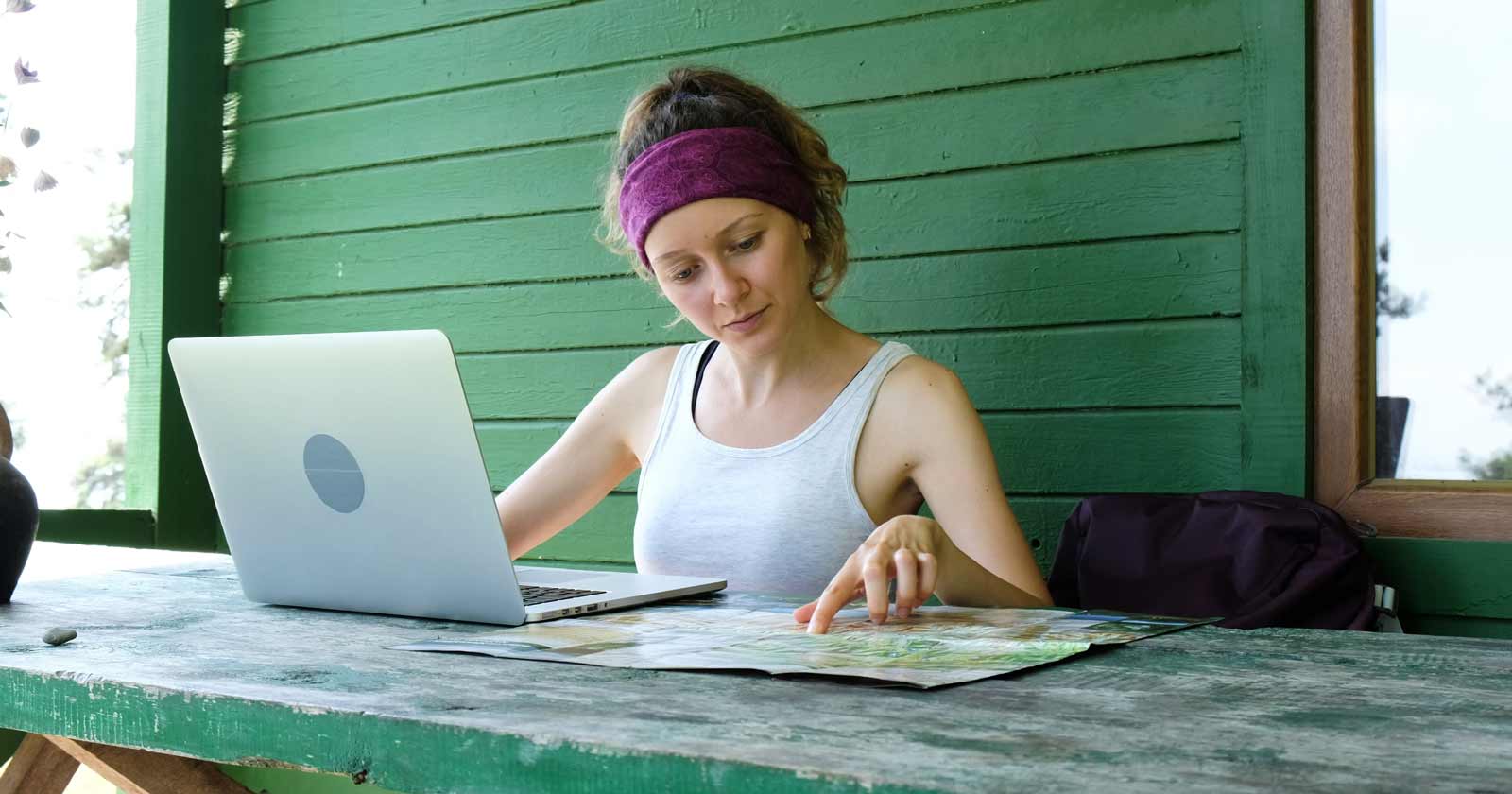



I’ve seen all the top three on hikes but most commonly, the red-bellied black. Especially along river banks in the Lerderderg (Victoria)
Nearly stepped on a Tiger on French Island 🙈